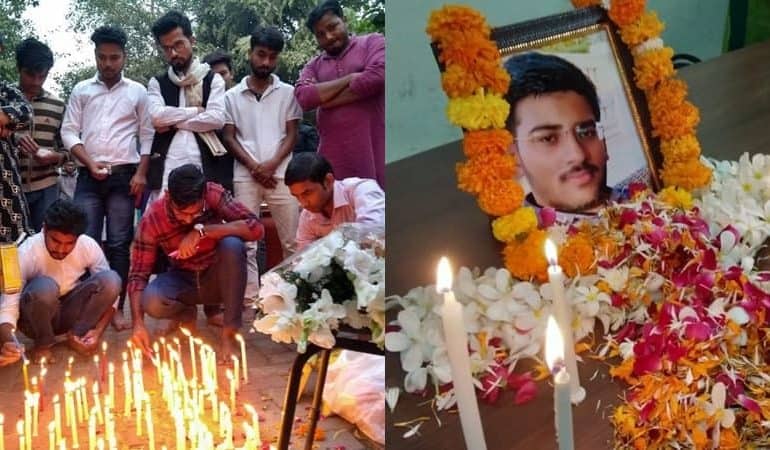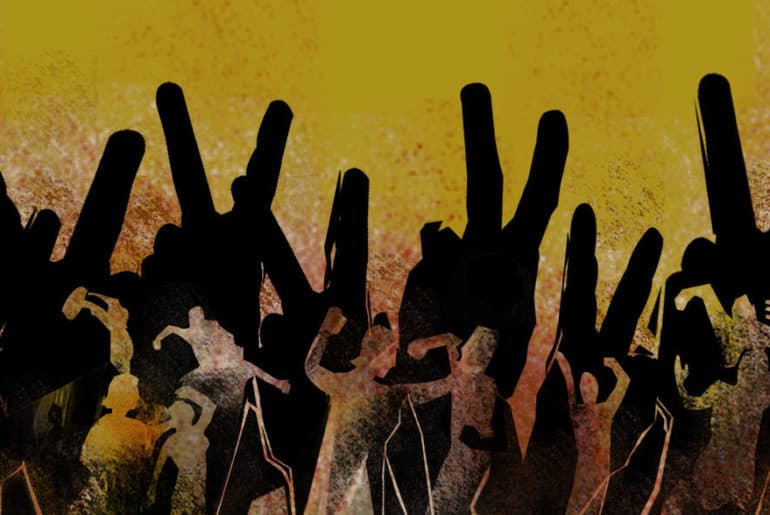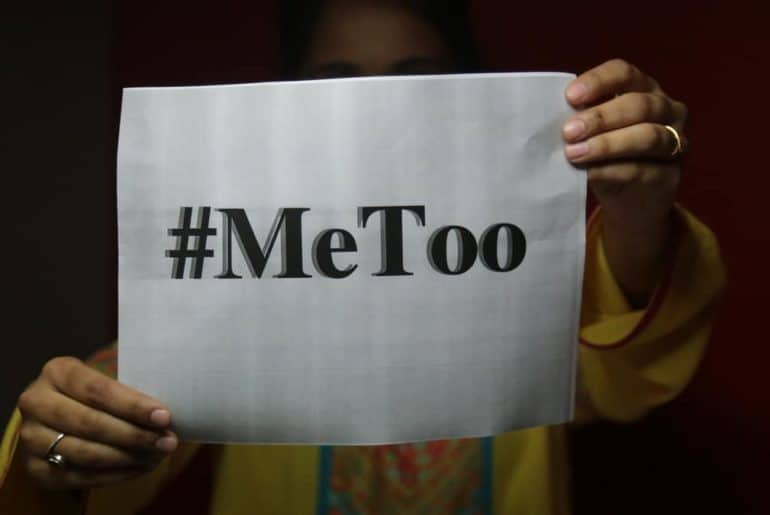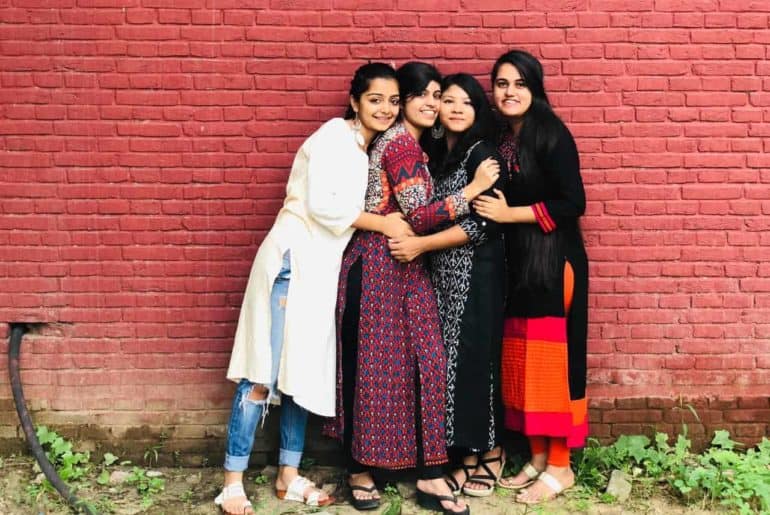In a road accident that occurred on 4th November 2018, Prashant Yadav, a student of Delhi School of Journalism (DSJ) lost his life. On 6th November 2018, which happens to be his 20th birthday, a public condolence meeting was organised by the students DSJ at the Faculty of Arts at 4 p.m. The students paid tribute to Prashant Yadav, who was considered the backbone of the “Stand with DSJ” movement.
In an emotional ceremony, that was joined by the contingent of students who returned from his funeral, everybody recollected Prashant’s dedication towards the movement. He was unanimously declared the first President of the Delhi School of Journalism Students’ Union.
Despite the hell he gave to the college administration, during the course of DSJ protests his teachers remembered him fondly. Manasvini M Yogi, Office on Special Duty of DSJ tearfully said, “I am in an utter state of shock. I am unable to actually process that Prashant will no longer be there in DSJ. He was a student with a strong personality and was very caring and kind for all his friends. DSJ corridors already miss him. The loss is huge. Whenever I close my eyes, I can only see Prashant’s face. I pray for him and his family. May God give strength to everyone to bear the loss.” Professor Albert Abraham added, “We remember Prashant Yadav as one of the brightest students of DSJ. His untimely death is absolutely unbelievable. He was full of energy and enthusiasm. His innate leadership skills, charisma, and boldness were enviously matchless. He deserves to be remembered forever,”
“It was a habit to hear, “Hanji Anoushka ji, Kaisi Hain Aap” every morning. The whole college misses him already. May his soul rest in peace and may God give his family strength to cope up with such a huge loss. Prashant Yadav was our leader and will remain our leader forever,” said Anoushka, a DSJ student and DU Beat correspondent. Mohd. Ali, another student of DSJ added, “Prashant was my first friend in here and a comrade in arms during the countless struggles we undertook against the DU administration for quality education. It was an honour to get suspended with him, sit on the hunger strike with him, and smile and shout in his company. I miss him deeply.” “We had differences of opinion on certain issues which sometimes became very heated. But the mutual respect and love for each other triumphed all of it. We were not brothers by blood but definitely by heart,” Prakash Ranjan, his classmate said ruefully.
Shweta Khurana, who taught Prashant Yadav in Class 11th and 12th said, “I am still in shock. I don’t have the words to express the grief. The fact that Prashant is no more is unbelievable. He had such a charismatic personality and was a bright and lively student. I have never seen him without a smile. I attribute a major chunk of my success to Prashant. I have never met anyone in my career who gave me so much respect and love.” She also mentioned that a workshop was organised in DSJ where Prashant came all the way from North Campus to Gurgaon to pick and drop her.
“Your voice made us fearless. We believed ‘Prashant haina, dekhlega’. It seems like yesterday when you came into our lives and taught us how to protest. Rest assured brother, we made sure we celebrated your twentieth birthday at your favourite place- the Jantar Mantar of DU- Arts Fac. We now know why DSJ is so special though it is without any resources. It is students like you who made it special for every one of us. Your UPite mannerisms and witty dialogues make it impossible to forget you. This close-knit family of DSJ has lost an important member. We hope, in death, you will #StandWithDSJ,” wrote Alishan and Maknoon, Prashant’s classmates, in a heartfelt obituary that they shared with DU Beat.
“As someone who has closely followed the events in DSJ, being in contact with Prashant was inevitable. He always had something meaningful to say and something effective to do. In the past few weeks we had vehement disagreements regarding an incident that occurred over a month ago, but even in this hostility there was a sense of respect. The worse thing I heard from him was when he chided DU Beat as “DU Cheat”, and I know that no one should not be applauded simply because of basic decency, but Prashant Yadav was the kind of enemy one would be glad to have. Due to his boldness (which sometimes borderlined on intimidation and wasn’t something that many people approved of) it was easy to put him in the bracket of a typical DU-Politician-Goon, but he never made me or other correspondents who covered DSJ feel threatened. Rather, he made DSJ an easy territory to navigate. People like him change and disrupt the world, DU and DSJ needed him. Losing Prashant Ji (he will always be Prashant Ji, not just Prashant) was unfortunate, to forget him will be a real tragedy,” said Niharika Dabral, the Associate Editor of DU Beat.
When the “Prashant Lives.” graffiti fades and the emotions ebb slowly, perhaps we will look at the circumstances of his death more objectively. It’s important to acknowledge issues like road safety and lack of emergency medical response so that we become more cautious and diligent. We have to ask why Yamuna Expressway remains accident prone and what we can do to avoid future tragedies.
Feature Image Credits: DSJ Media Group










